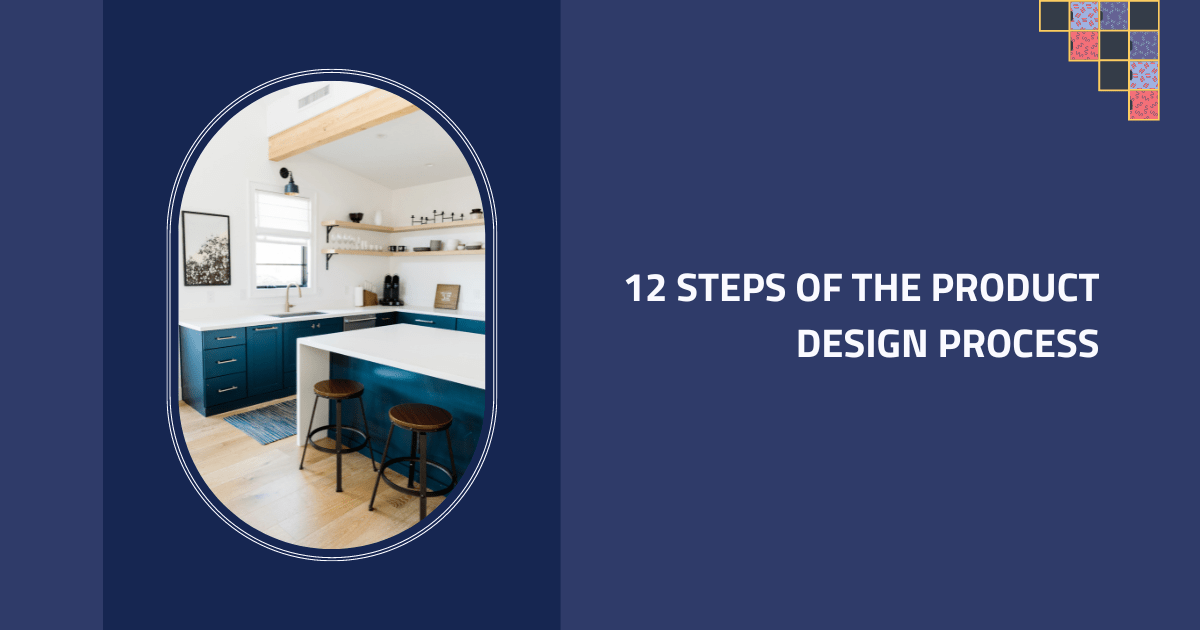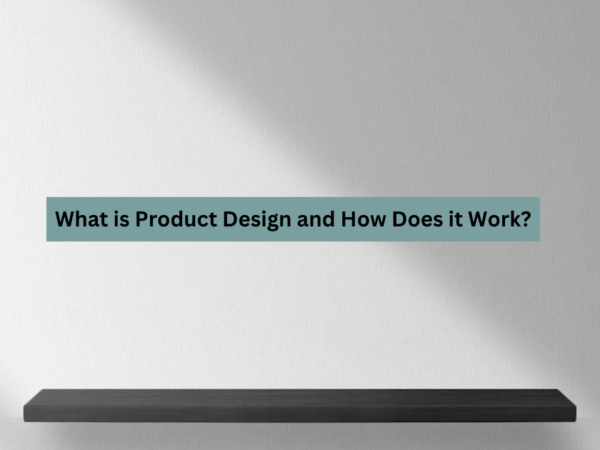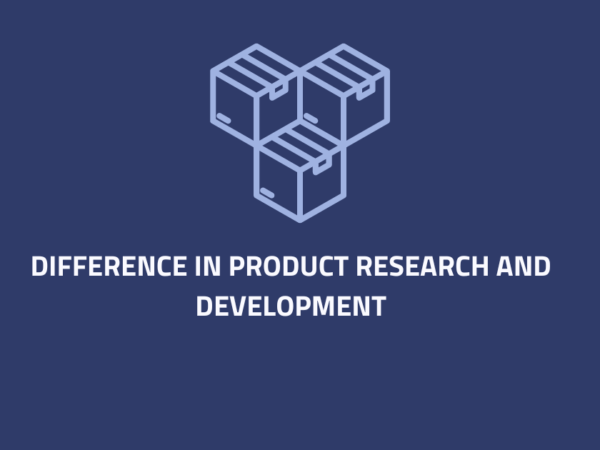
Creating a new product can be exciting and challenging. The product design process involves many steps to ensure that the final product meets the needs of users and is successful in the market. Here are the 12 essential steps in the product design process:
1. Idea Generation
The first step in the product design process is idea generation. This is where you brainstorm and come up with new product ideas. Ideas can come from many sources, such as customer feedback, market research, and creative thinking sessions. It’s important to gather as many ideas as possible before narrowing them down.
2. Research
After generating ideas, the next step is research. This involves gathering information about the market, potential customers, and existing products. Research helps you understand the needs and preferences of your target audience. It also highlights the importance of product design in creating solutions that truly resonate with users and stand out in the market. Additionally, research allows you to identify gaps in the market that your product can fill, ensuring your design efforts are both strategic and impactful.
3. Concept Development
Once you have gathered enough information, it’s time to develop your product concept. This step involves creating detailed descriptions and drawings of your product ideas. You should consider the features, functions, and benefits of each concept. Concept development helps you visualize your product and refine your ideas.
4. Feasibility Analysis
Feasibility analysis is an important step in the product design process. This involves evaluating the technical, financial, and market feasibility of your product concepts. You need to determine whether your product can be manufactured, whether it will be profitable, and whether there is a market for it. This step helps you decide which product concept to pursue.
5. Design Specification
Once you have chosen a product concept, the next step is to create a design specification. This is a detailed document that outlines the requirements and specifications for your product. It includes information about the product’s dimensions, materials, performance criteria, and other technical details. A design specification serves as a blueprint for the design and development process.
6. Prototype Development
The next step is to develop a prototype of your product. A prototype is a working model of your product that allows you to test its design and functionality. Prototyping helps you identify any design flaws and make necessary improvements. It also allows you to gather feedback from potential users and stakeholders.
7. Testing and Evaluation
After developing a prototype, the next step is testing and evaluation. This involves conducting various tests to assess the performance, safety, and usability of your product. Testing helps you identify any issues that need to be addressed before the product is finalized. It also ensures that your product meets all regulatory and industry standards.
8. Design Refinement
Based on the feedback and test results, you may need to refine your product design. Design refinement involves making adjustments and improvements to your product based on the findings from the testing and evaluation phase. This step ensures that your product is optimized for performance and user satisfaction.
9. Final Design
Once you have refined your product design, the next step is to create the final design. The final design is a detailed and complete version of your product that is ready for production. It includes all the necessary drawings, specifications, and documentation required for manufacturing. At this stage, it’s also wise to consider current product design trends to ensure your final product aligns with market expectations and user preferences. The final design serves as the basis for the production process, setting the foundation for a successful launch.
10. Production Planning
Production planning is an important step in the product design process. This involves creating a detailed plan for manufacturing your product. Production planning includes selecting suppliers, determining production methods, and establishing a production schedule. This step ensures that your product is manufactured efficiently and cost-effectively.
11. Manufacturing
Once the production plan is in place, the next step is manufacturing. This involves producing the final product according to the specifications and requirements outlined in the final design. Manufacturing includes various processes such as machining, assembly, and quality control. It is important to ensure that the manufacturing process is carried out accurately and consistently.
12. Launch and Evaluation
The final step in the product design process is the launch and evaluation of your product. This involves introducing your product to the market and monitoring its performance. Launch activities may include marketing, distribution, and sales efforts. After the product is launched, it is important to gather feedback from customers and evaluate the product’s success. This helps you identify any areas for improvement and plan for future product developments.
In conclusion, the product design process is a comprehensive and iterative journey that involves multiple steps. From idea generation to product launch, each step plays a crucial role in ensuring the success of your product. By following these 12 steps, you can create a product that meets the needs of your target audience and stands out in the market.
If you’re looking for a Product design company then feel free to reach out at info@shalindesigns.com or place an enquiry here.



